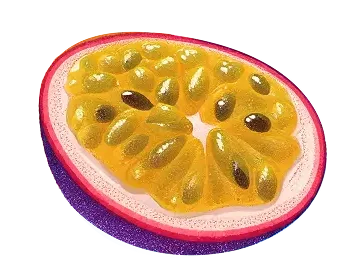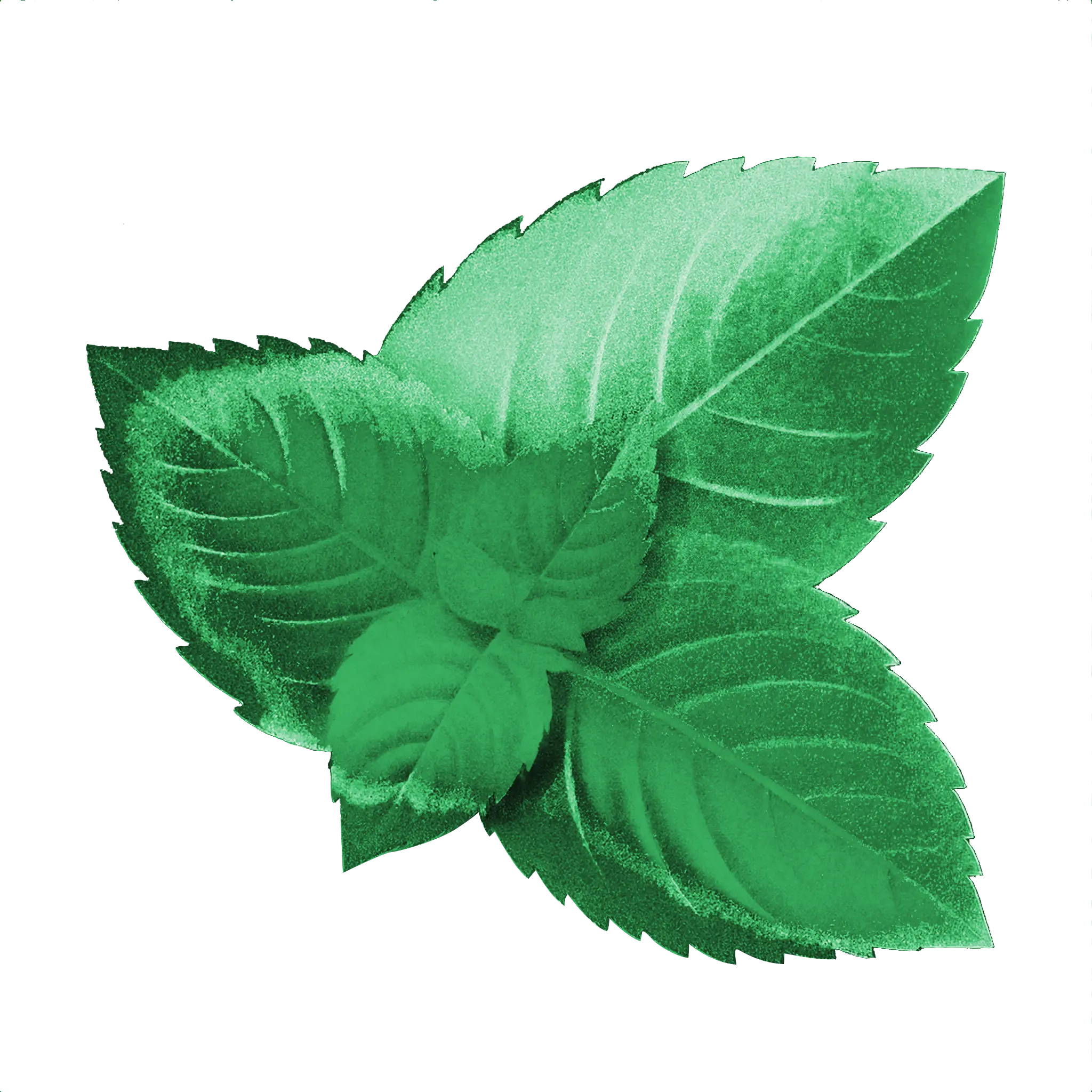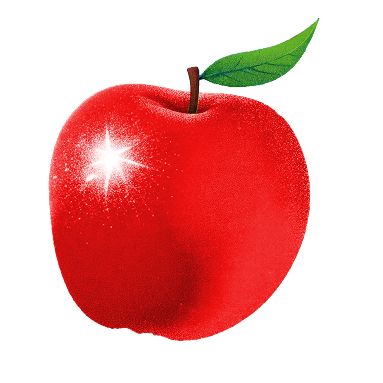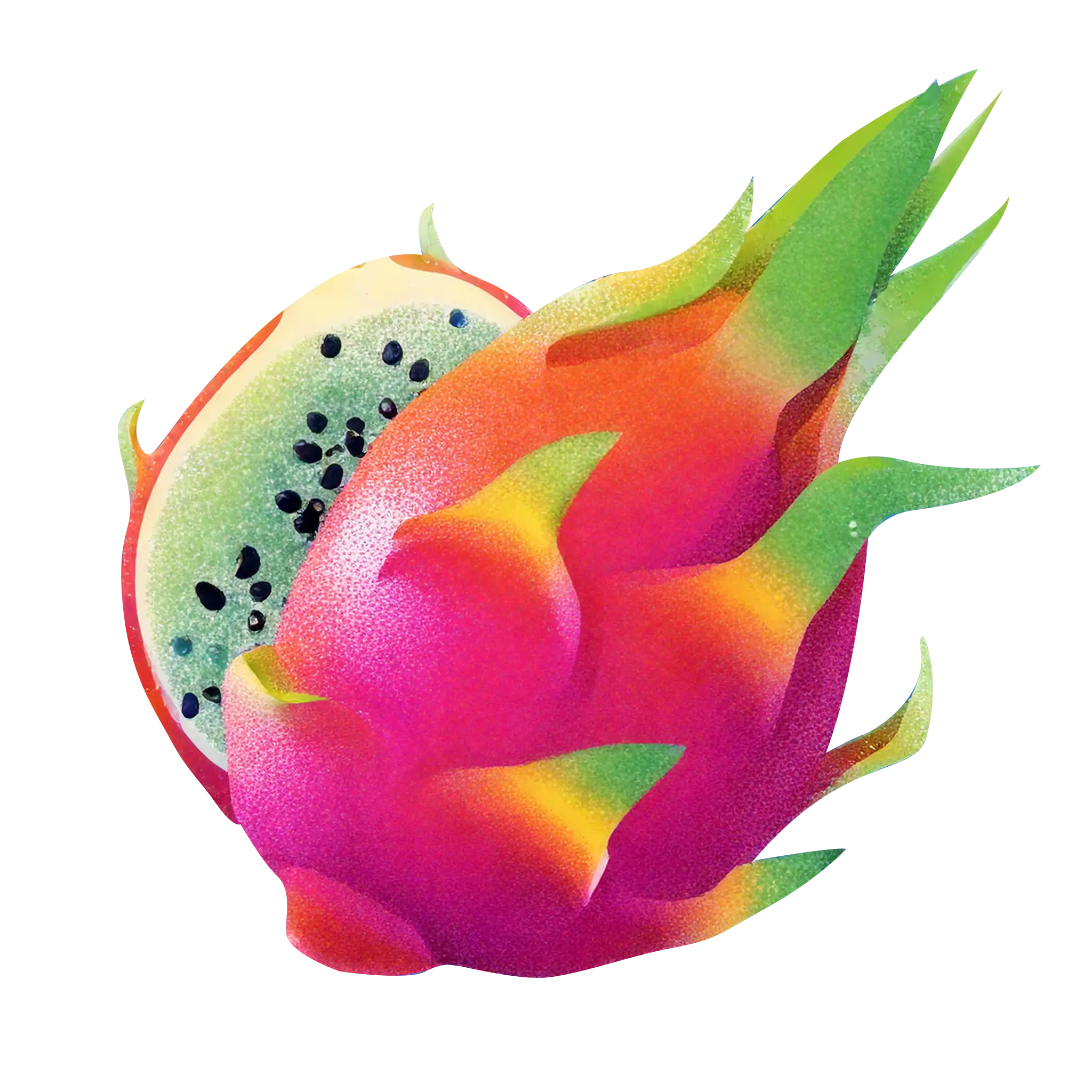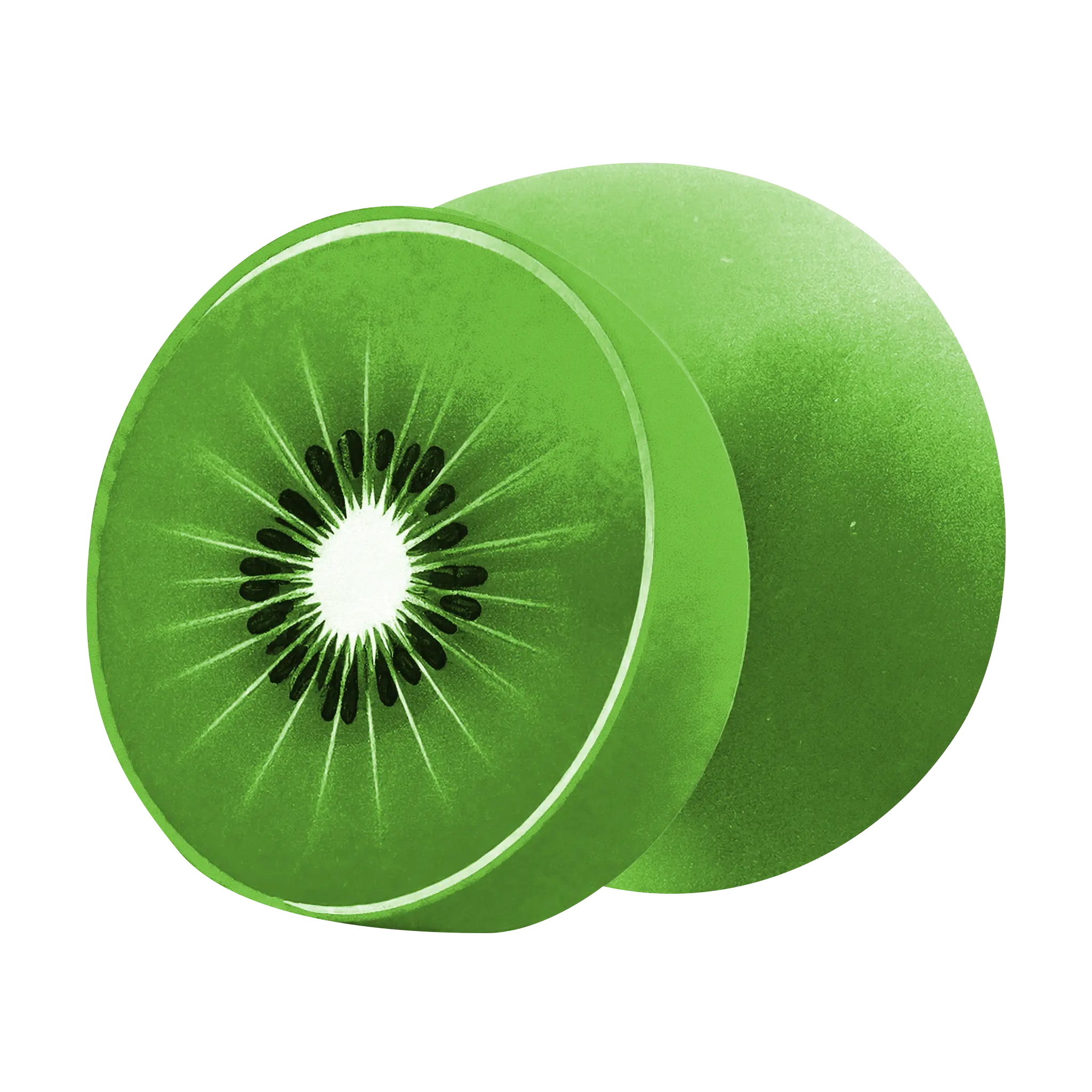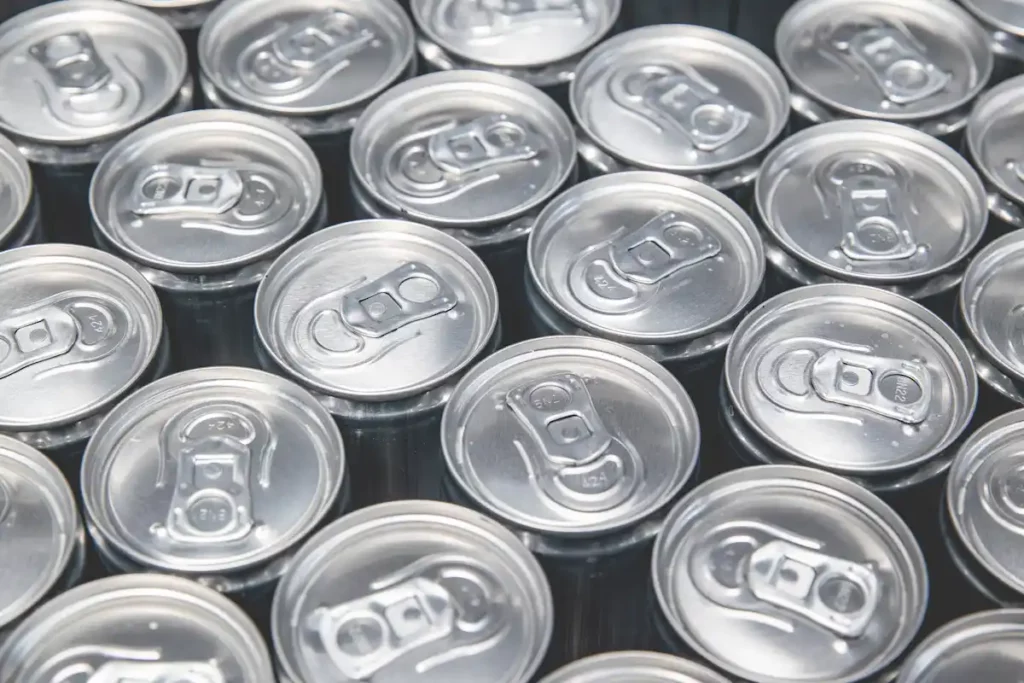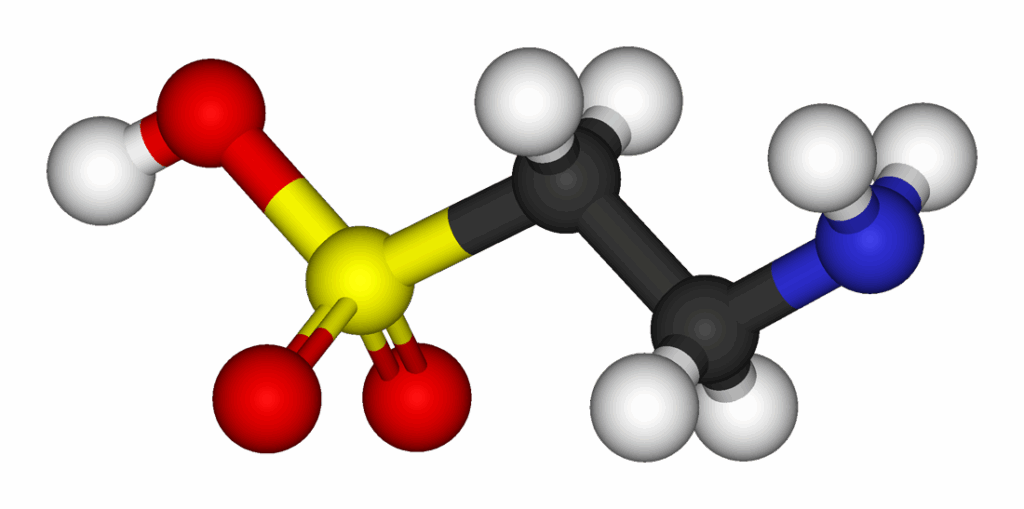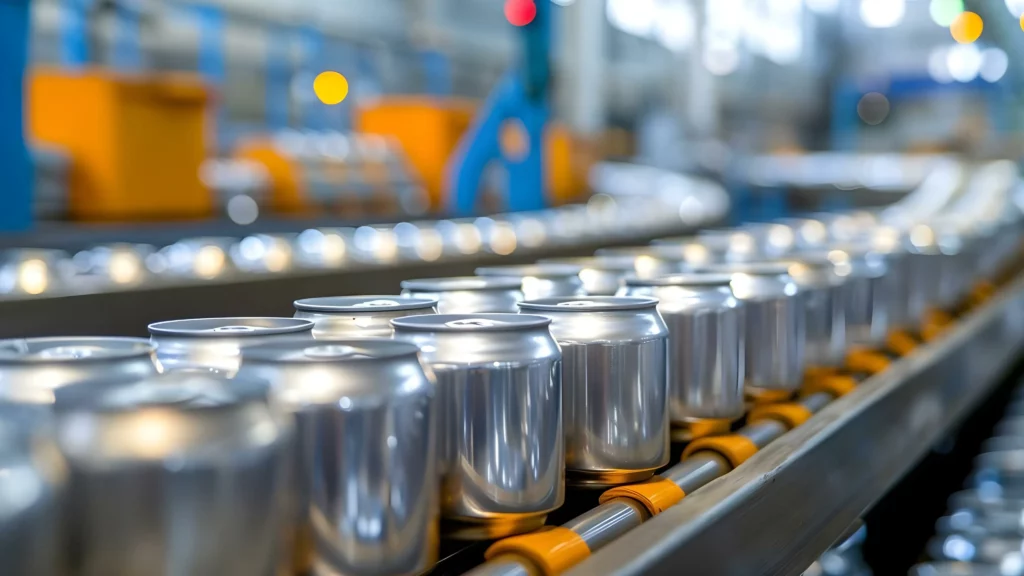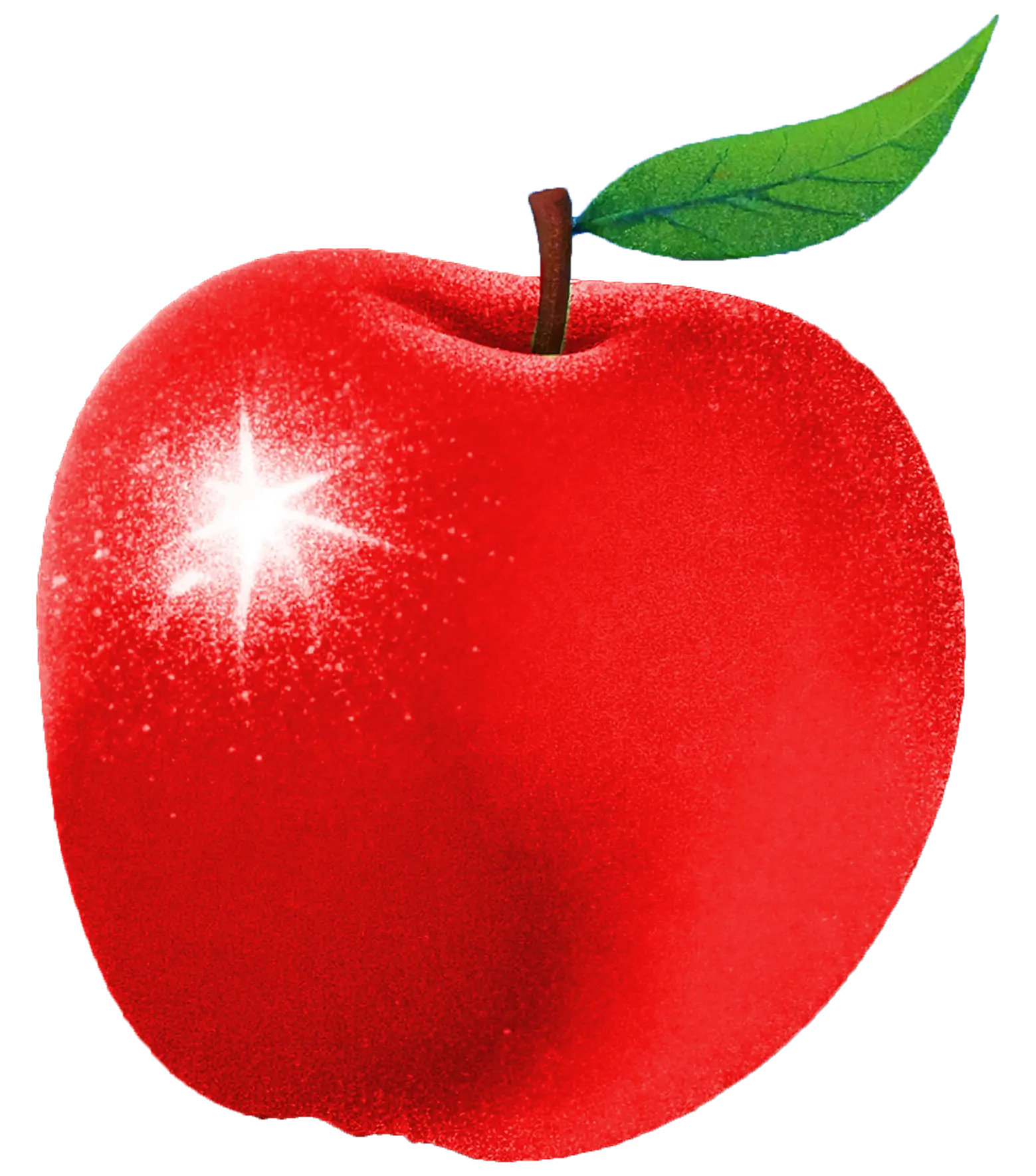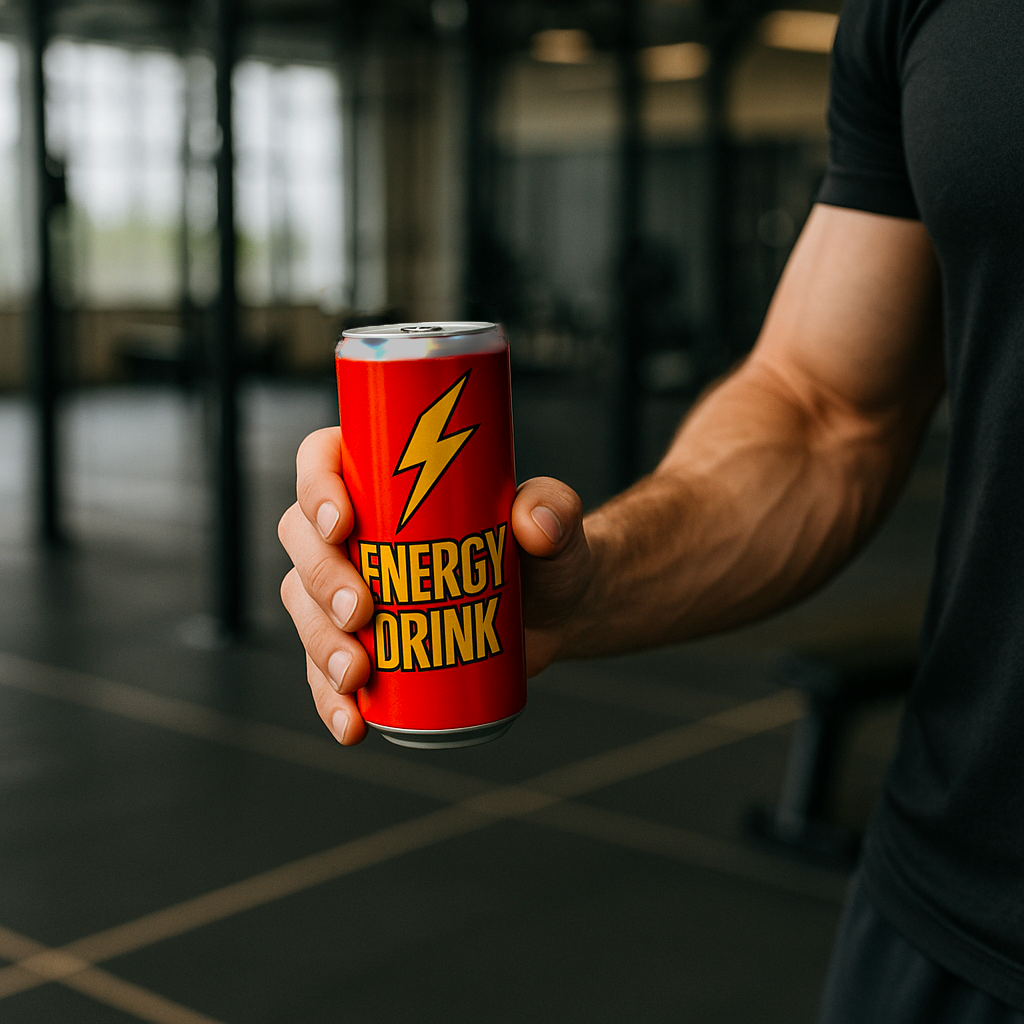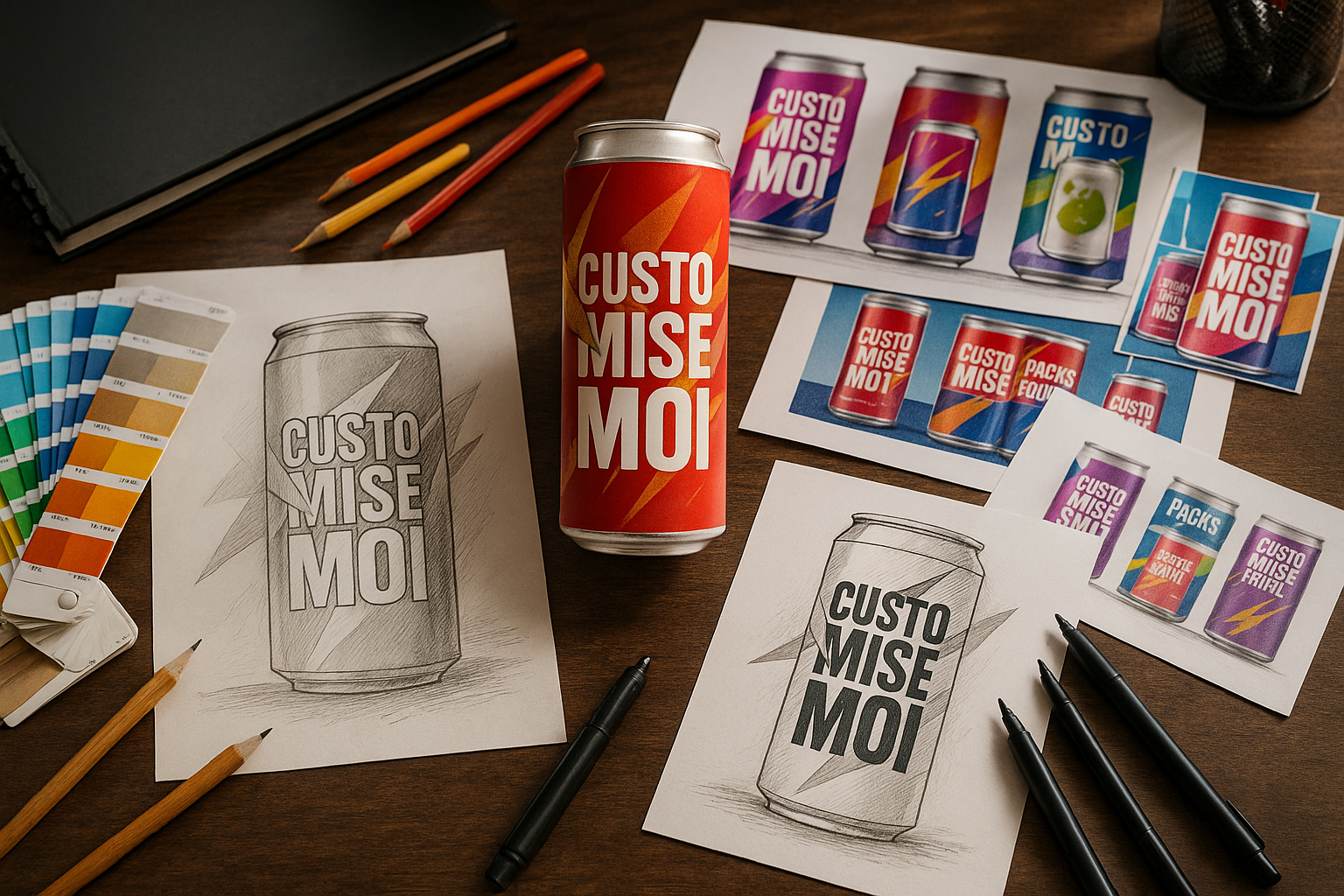Understanding the key ingredients in an energy drink
When you think of an energy drink, two ingredients immediately spring to mind: caffeine and taurine. These two molecules form the most emblematic duo on the global market, so much so that they have become inseparable from the very image of energy drinks.
But why is taurine so essential? What are its energy benefits, and are they scientifically proven? And above all, how can brands and distributors intelligently integrate this pairing into a personalized drink recipe to meet the expectations of French and European consumers?
With over 29 years’ experience in the manufacture of customized energy drinks, BHC Energy Drink helps companies, distributors and institutions create unique drinks, in 25cl cans or 1L bottles, with 100% customizable packaging.
In this article, we will explore in depth :
- The characteristics of taurine.
- Its effects validated by science.
- Complementarity with caffeine.
- Customization possibilities for brands.
- Official dosage recommendations.
- Answers to frequently asked questions from consumers and professionals.
A comprehensive guide to how taurine + caffeine can transform a simple drink into a real differentiator.
What is taurine and why is it used in energy drinks?
Origin & functional role
Often caricatured, taurine is an amino acid naturally present in the body and continuously produced. In product marketing, it’s an ingredient that French consumers immediately identify when they scan an energy drink ingredient label. In formulation, the interest is not to “excite” more than caffeine, but to provide a physiological base that supports effort and alertness.
It’s this taurine + caffeine duo that has shaped the perceived effectiveness of energy drinks for the past 30 years, while giving flavor enthusiasts (lemon, mint, yuzu, dragon fruit, wild berries) the freedom to create their own unique taste signature.
Taurine is an amino acid naturally present in the body. It is found in muscles, brain, kidneys and even eyes. Contrary to popular belief, taurine does not come directly from bull bile (the myth persists because of the etymology of the word taurus), but is synthetically produced and made safe for the food industry.
An ingredient that has become a symbol of performance
Since the launch of the first major brands in the 90s, taurine has established itself as a guarantee of effectiveness. Even today, it remains associated with sporting performance, concentration and daily vitality.
Constant consumer demand
According to a Nielsen study, over 75% of consumers recognize taurine as a key ingredient in an energy drink. Its mere presence on the label is therefore a powerful marketing argument.
The scientifically proven effects of taurine
It’s no coincidence that taurine is so widely used: its effects have been studied in laboratories and validated by scientific publications.
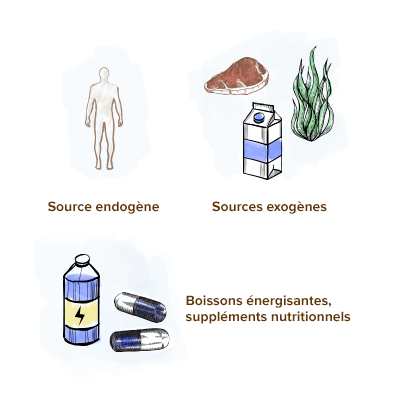
Endurance and physical performance
A study published in the Journal of Applied Physiology (2013) showed that taurine consumption can improve endurance by delaying muscle fatigue.
The “energy benefits” of taurine
Consumers associate taurine with tangible energy benefits:
- Reduced fatigue.
- Whiplash.
- A feeling of dynamism without a sudden “rush”.
A unique combination with caffeine
Caffeine works quickly, but sometimes too brutally. Taurine acts as a “buffer”, providing more controlled, less anxiety-provoking stimulation. This complementarity explains the duo’s popularity.
Energy drink vs. other stimulants: detailed comparison
Usage comparison: coffee, soft drinks, supplements vs. energy drinks
Coffee remains the benchmark for “kick-start”: it provides caffeine above all, with a strong social ritual, but no complementary functional matrix. Sodas offer sweet pleasure and a playful carbonation, with no targeted benefit on attention. Sports supplements are effective, but perceived as technical and less spontaneous on a daily basis. Energy drinks are somewhere between pleasure and function: taurine + caffeine for efficiency, B vitamins for metabolism, and a calibrated sensory design (citric acidity, fruity aroma, sweetness) for high pleasure. A fruity energy drink: yuzu dragon fruit, lemon mint or wild berries can thus deliver a fresh, gourmet profile that broadens the consumer base beyond “heavy coffee drinkers”, while preserving the category’s promise of alertness and responsiveness.

Why choose an energy drink over a simple coffee or soda? The answer can be summed up in one word: balance.
Coffee only provides caffeine. Fast but without muscle support.
Sodas offer mostly sugar and bubbles, but no real benefits in terms of energy or concentration.
Sports supplements (powders, capsules) are effective but not readily available to the general public.
The taurine + caffeine energy drink combines several benefits:
- Caffeine for immediate stimulation.
- Taurine for physiological balance.
- B vitamins for energy metabolism.
- Varied flavours (e.g. fruity energy drinks: yuzu, dragon fruit, mint, lemon, wild berries) to appeal to new consumers.
Case in point – the student world
Students at exam time aren’t just looking for a “boost” like a cup of coffee: they also want to refresh and enjoy themselves. The taurine + caffeine synergy provides a more controlled stimulation, perfectly adapted to this need, while preserving the pleasure.
Case in point – the sports market
Amateur athletes can consume an energy drink before a competition. Where a soda would simply add sugar, taurine + caffeine improves alertness while supporting muscle recovery after exercise.
How to incorporate taurine into a customized energy drink
Building a custom drink recipe means orchestrating 4 layers:
- Function: taurine + caffeine (core efficacy), plus B vitamins as promised.
- Structure: treated water, acidifiers (often citric acid), sweetness management (sugar, reduced sugar, or sweeteners), carbonation level.
- Aromatic expression: top notes (yuzu, lemon), fruity mid notes (dragon fruit, wild berries), fresh base (mint).
- Sensory signature: clean attack, clean middle, short finish (avoid astringency).
Customization is BHC Energy Drink’s core business. For 29 years, we’ve been designing drink recipes to suit every type of consumer.
Choosing trendy flavours
- Yuzu for its tangy freshness.
- Dragon fruit for the invitation to travel.
- Mint + lemon for a refreshing sensation.
- Wild berries for a gourmet touch.
- Tropical for an exotic experience
Adapting the format
25cl can: ideal for events, bars, CHR, festivals.
1L bottle: designed for supermarkets and families.
B2B case studies
Events: offer a personalized energy drink at a trade show.
CHR: offer a differentiating fruity recipe in bars and restaurants.
Distributors: develop a complete range in 1L bottles to meet “family + sport” trends.
Dosage and recommendations for taurine in energy drinks
In Europe, energy drink ingredients are strictly regulated in France.
Taurine: generally 4000 mg/L, or 1000 mg per 25cl can.
Caffeine: maximum 32 mg/100 ml, i.e. around 80 mg per 25cl can.
These thresholds guarantee consumer safety while offering optimum efficiency.
Responsible regulation & labelling
A successful launch also depends on compliance. Three operational principles:
Transparency: clearly indicate caffeine presence and content, and adopt appropriate responsible consumption messages (e.g. non-targeted audiences: children, pregnant women, people sensitive to caffeine).
Consistency between recipe and claim: avoid vague promises, focus on understandable benefits (vigilance, attention) and formulations that comply with European usage for taurine.
Legible labelling: hierarchy of information, useful pictograms, sufficient contrast (reading in poor conditions).
BHC integrates these requirements right from the design brief, making internal validation a breeze and reducing pre-print returns. The result: an energy drink that inspires confidence in both retail/CHR buyers and end consumers.
FAQ on ingredients in energy drinks
- Is it possible to create an energy drink without taurine?
It’s possible, but it would lose part of its identity and differentiation.
- Are energy drinks suitable for athletes?
Yes, but in the context of moderate consumption adapted to your needs.
- Which flavors work best in France?
Yuzu, dragon fruit, mint, lemon and wild berries are currently very popular in France.
- How long does it take to develop a customized can?
At BHC, it only takes a few weeks to go from idea to finished product.
- What are the advantages of BHC customization?
Adapted formats (25cl or 1L).
100% customized packaging.
Revenue in line with standards.
29 years of expertise.
- Do energy drinks replace sleep?
No, they help reduce occasional fatigue, but they are no substitute for a good night’s rest.
- Is taurine naturally present in the diet?
Yes, it is found in certain animal products (meat, seafood), but in limited quantities.
- Can taurine be combined with alcohol?
Mixing energy drinks with alcohol is not recommended, in line with public health recommendations.
Launch your own drink with BHC Energy Drink
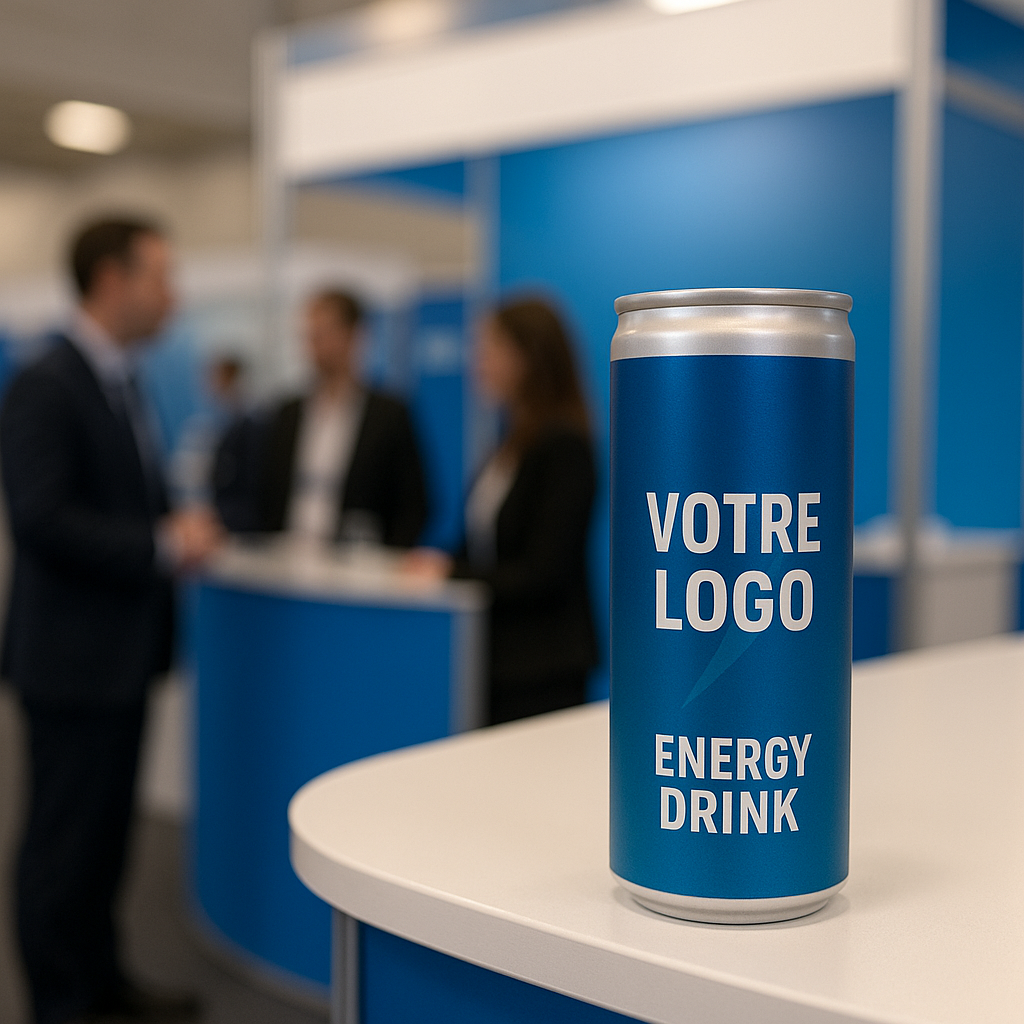
Taurine and caffeine are more than a functional duo: they represent the very DNA of the energy drink. Their synergy, validated by science and acclaimed by consumers, makes them a strategic lever for all brands that want to stand out from the crowd.
At BHC Energy Drink, we use our 29 years of expertise to design customized beverages that meet the trends and expectations of the French and European markets.
With our 25cl cans and 1L bottles, our wide range of flavors and our 100% customizable packaging, you have everything you need to launch a unique drink.
👉 Ready to create your own customized energy drink recipe? Contact our experts today at energydrink.co.uk
